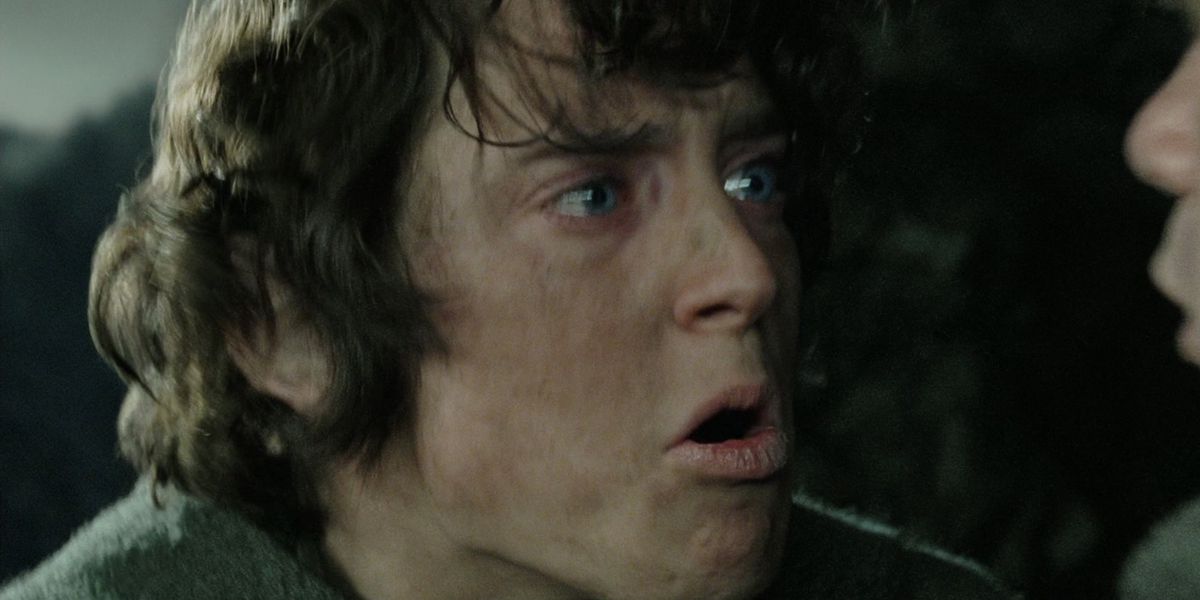The debate over the character of Gollum/Sméagol and his relationship with Frodo Baggins in J.R.R. Tolkien’s The Lord of the Rings has been a topic of discussion among readers. Frodo is the main protagonist, a hobbit tasked with destroying the One Ring to end Sauron’s rule, while Gollum is a highly complex character driven by his desire to possess the Ring. While Frodo represents the power of good in the face of evil, Gollum warns of the danger of temptation and the consequences of being consumed by one’s darkest desires. Both characters are essential to the themes and plot of the novel.
Frodo Baggins vs. Gollum: The Lord of the Rings Sméagol Debate
Introduction
The Lord of the Rings by J.R.R. Tolkien is one of the most beloved and highly acclaimed novels in modern literature. One aspect of the novel that has sparked much debate among readers is the character of Gollum/Sméagol and his relationship with Frodo Baggins. This article will compare and contrast the two characters, exploring their motivations, personalities, and how they contribute to the themes of the novel.
Frodo Baggins
Frodo Baggins is the main protagonist of The Lord of the Rings. He is a hobbit, short in stature but big in heart, and his quest is to destroy the One Ring, the source of ultimate power for the dark lord Sauron. Frodo is a reluctant hero; he did not seek this adventure, but he accepts the task because he knows it is the right thing to do. He is loyal, brave, and selfless, willing to risk his life for his friends and for the greater good.
Gollum/Sméagol
Gollum, also known by his hobbit name Sméagol, is a central character in The Lord of the Rings. He was once a hobbit like Frodo, but he became corrupted by the power and influence of the One Ring. Gollum is an enigmatic and complex character. He is driven by his desire to possess the Ring and is willing to do anything to get it. However, he is also tormented by his split personality, with the Sméagol side of his nature continually at odds with the Gollum side.
Motivations
Frodo’s motivation is clear: he wants to destroy the One Ring and end Sauron’s evil reign. He is driven by a sense of duty and love for his friends. On the other hand, Gollum’s motivation is more complicated. He wants to possess the Ring, to the point where he is willing to betray everyone to gain it. However, Gollum’s motivation is also driven by his inner turmoil. He is torn between his two personalities, with Sméagol wanting to do the right thing but Gollum always pulling him back to the darkness.
Personalities
Frodo’s personality is characterized by his selflessness, loyalty, and bravery. He is willing to sacrifice himself to destroy the Ring and save Middle-earth. Gollum’s personality, on the other hand, is defined by his obsession with the Ring. He is sneaky, manipulative, and always looking for ways to get the Ring. This makes him unpredictable and dangerous, and he can switch from being friendly to hostile in seconds.
Contributions to the Themes of the Novel
Frodo’s contribution to the themes of The Lord of the Rings is to represent the power of good in the face of overwhelming evil. His journey to destroy the Ring is a symbol of the struggle against corrupt power, and his determination to do what is right inspires hope. Gollum’s contribution is more complex. He represents the danger of giving into temptation, especially when driven by one’s darkest desires. Gollum’s story shows the tragedy of becoming consumed by the desire for power and the consequences of being unable to control it.
Conclusion
The debate between Frodo Baggins and Gollum/Sméagol will continue to rage on among fans of The Lord of the Rings. The two characters represent very different ideas and philosophies, with Frodo embodying the power of good and Gollum serving as a warning of the dangers of corruption. Ultimately, however, both characters are essential to the themes and message of the novel, and their interactions drive the plot forward.
